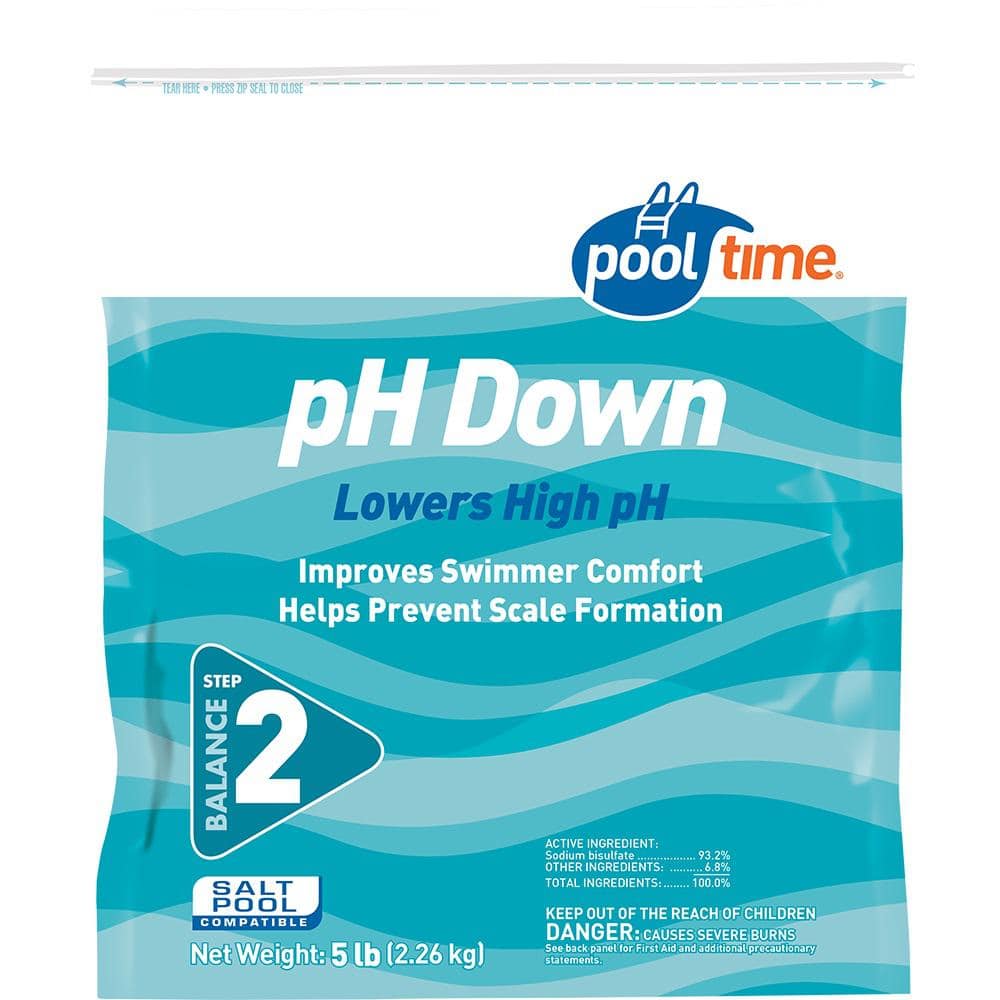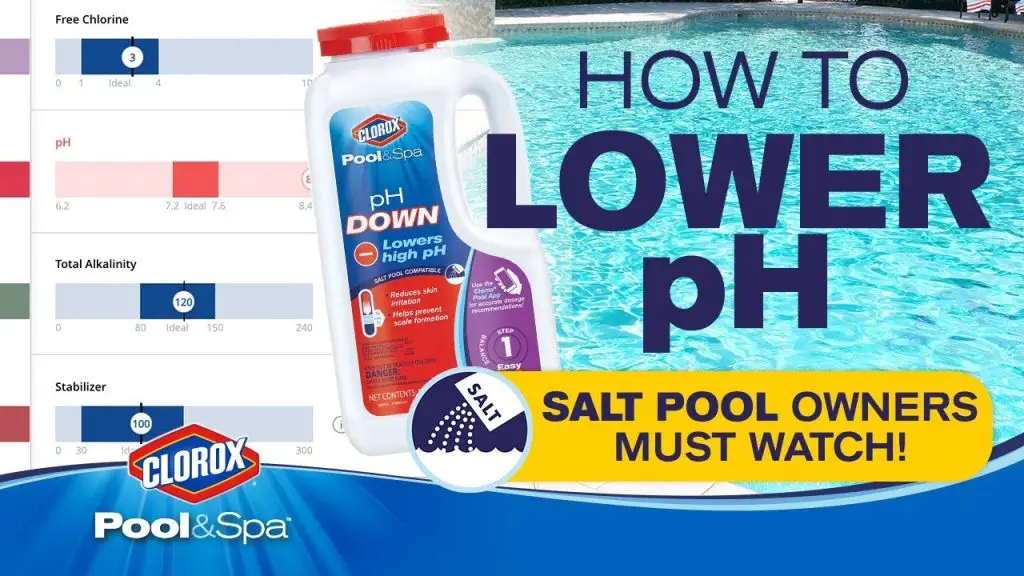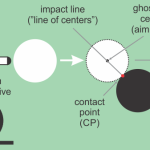Welcome to our comprehensive guide on how to bring the pH level down in your pool. Maintaining the proper pH balance in your pool is crucial for ensuring clean and clear water that is safe for swimming. If you’ve noticed that the pH level in your pool is too high, don’t worry – we’ve got you covered. In this guide, we’ll walk you through the steps you need to take to lower the pH level in your pool effectively and efficiently.

Credit: www.homedepot.com
What is pH and Why is it Important?
pH is a measure of how acidic or basic the water in your pool is. The pH scale ranges from 0 to 14, with 7 being neutral. A pH level below 7 is acidic, while a pH level above 7 is basic. The ideal pH level for a pool is between 7.2 and 7.6. Maintaining the proper pH balance is important for several reasons:
- Ensures the effectiveness of chlorine: Chlorine works best at the proper pH level, so maintaining the right pH balance will help ensure that your pool stays clean and free of bacteria.
- Prevents skin and eye irritation: Water that is too acidic or basic can cause skin and eye irritation for swimmers. By keeping the pH level in the correct range, you can help prevent these issues.
- Protects pool equipment: Imbalanced pH levels can damage pool equipment over time, leading to costly repairs. Maintaining the proper pH balance will help extend the life of your pool equipment.
How to Test the pH Level in Your Pool
Before you can bring the pH level down in your pool, you need to test the current pH level. You can easily do this using a pool water testing kit, which is available at most pool supply stores. Follow the instructions on the testing kit to obtain an accurate pH reading of your pool water.
Methods to Bring pH Down in a Pool
Once you have determined that the pH level in your pool is too high, it’s time to take action to bring it down. Here are some effective methods you can use:
1. Add Muriatic Acid
Muriatic acid is a common pool chemical that can be used to lower the pH level in your pool. Follow the manufacturer’s instructions carefully when adding muriatic acid to your pool, as it is a strong acid. Start by adding a small amount of acid, then retest the pH level after a few hours to see if it has reached the desired range.
2. Use Sodium Bisulfate
Sodium bisulfate, also known as dry acid, is another effective way to lower the pH level in your pool. This chemical is available in granular form and can be added directly to the pool water. Again, be sure to follow the manufacturer’s instructions and retest the pH level after a few hours.
3. Aerating The Pool
Aerating the pool can help raise the pH level by introducing oxygen into the water. You can aerate your pool by running the pool pump and allowing water to splash back into the pool, or by using a fountain or waterfall feature. Keep in mind that this method may take longer to lower the pH level compared to using chemicals.
4. Use A Ph Reducer
There are commercial pH reducers available that are specifically designed to lower the pH level in pools. These products are easy to use and can quickly bring the pH level down to the desired range. Be sure to follow the manufacturer’s instructions when using a pH reducer in your pool.
Preventing High pH Levels in the Future
Once you have successfully brought the pH level down in your pool, it’s important to take steps to prevent it from becoming too high again in the future. Here are some tips to help maintain the proper pH balance in your pool:
- Regularly test the water: Make it a habit to test the pH level in your pool at least once a week to catch any imbalances early.
- Keep the pool clean: Debris and organic matter can affect the pH level of your pool water, so be sure to keep the pool clean by skimming and vacuuming regularly.
- Monitor other chemical levels: In addition to pH, it’s important to keep an eye on other chemical levels in your pool, such as chlorine and alkalinity, as these can also impact pH balance.
- Properly balance chemicals: Follow the manufacturer’s instructions when adding chemicals to your pool to ensure that they are properly balanced and won’t disrupt the pH level.

Credit: www.amazon.com
Conclusion
Bringing the pH level down in your pool is an essential part of pool maintenance that should not be overlooked. By following the steps outlined in this guide, you can effectively lower the pH level in your pool and ensure a safe and enjoyable swimming experience for all. Remember to test the pH level regularly, take preventive measures, and address any imbalances promptly to keep your pool in top condition.





